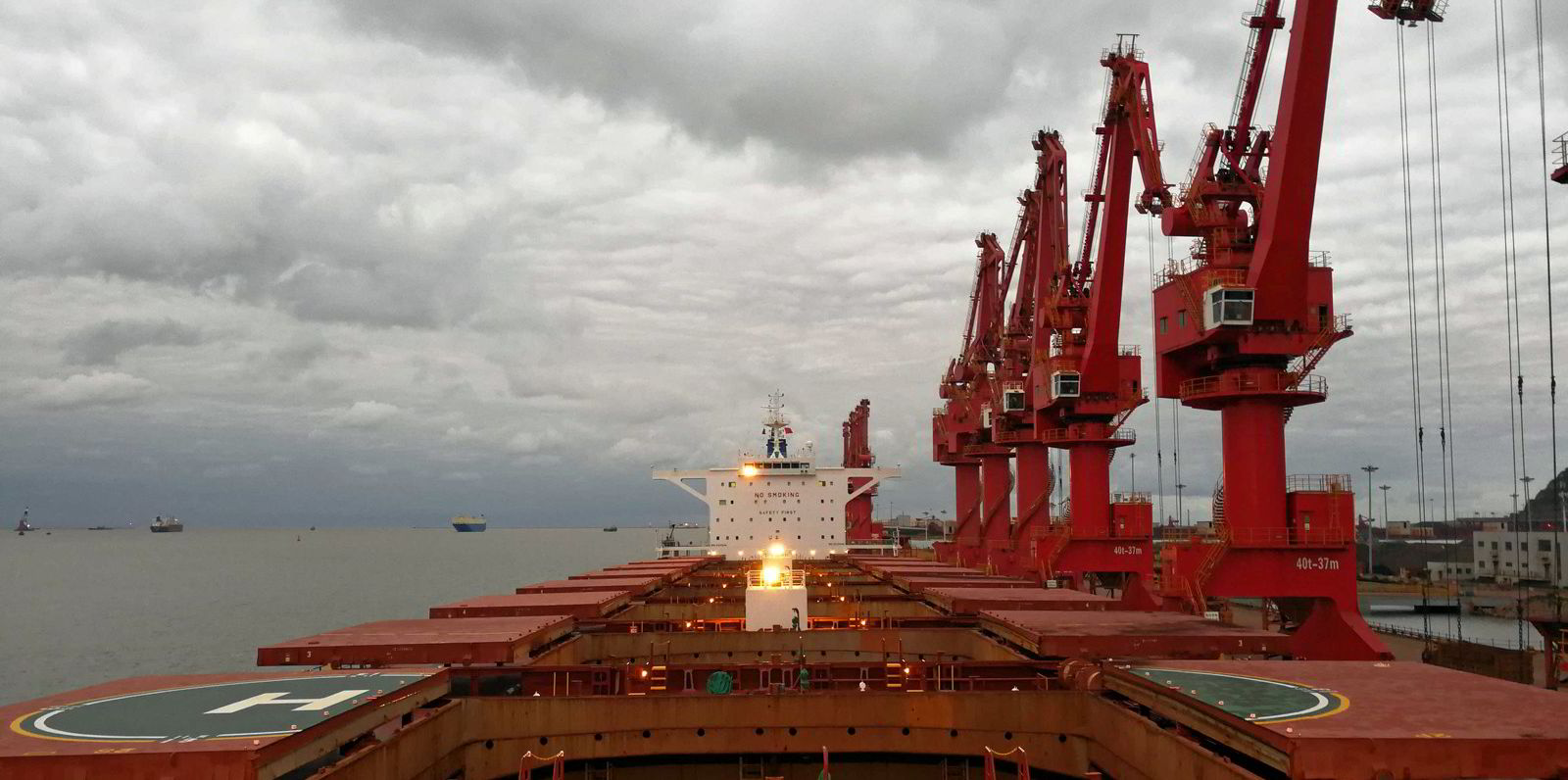Weakening bulker markets have pushed the Baltic Dry Index (BDI) to below 2,000 points for the first time in five months.
The index, which indicates the overall strength of bulker markets, fell by 62 points on to 1,945 on Thursday.
The BDI has not been at levels below 2,000 since mid-February, when the index was dragged down by seasonally weak spot earnings in the capesize market.
Once again, gloom in the capesize spot market, which accounts for 40% of the BDI’s calculation, is weighing heavily on the overall index.
The 5TC assessment of average spot rates across five capesize benchmark routes was assessed at $18,162 per day on Thursday, $1,190 lower than the previous day. The assessment has been trending downwards for the past two weeks or so.
Cargo supply in the Atlantic has been short and reported deals have been disappointing for fronthaul trips as well as for ballasting trades.
Meanwhile, miner Vale’s unsurprising downward revision to its production estimates gave little reason for excitement.
But particularly notable this week has been the big drop in rates in the north Atlantic capesize market.
”With a scattering of EC [east-coast] Canada, Narvik and Colombian cargo released to the market, we got to see the owners with ships in the North Atlantic moving fast to secure their tonnage employment. What transpired next was a more than 10% drop in the transatlantic and fronthaul routes,” research analysts at shipbroker Barry Rogliano Salles (BRS Group) noted in a report on Thursday.
Rates on the key Brazil to China benchmark route were assessed at $26.97 per tonne on Thursday, a one-day drop of $1.29. The assessment was $29.73 per tonne on Monday.

Meanwhile in the Pacific, capesize spot rates have softened further, especially on the Western Australia to China route for iron ore.
The benchmark was assessed by Baltic panellists at $9.80 per tonne on Thursday, down by 43 cents.
Sub-panamax
Panamax and supramax spot rates, which each contribute 30% to the calculation of the BDI, have also softened over the past couple of months but seem to have plateaued.
Panamaxes are facing similar challenges as capesizes — low activity, flat demand and not much to stir sentiment.
The panamax 5TC, the weighted average of spot rates across five key routes, was assessed on Thursday at $18,581 per day for an 82,000-dwt vessel, down by $99 since the previous day.
The rout in spot rates continued on Thursday for supramaxes, a sector that has previously proven itself to be resilient in the face of supply-demand headwinds.
Baltic panellists assessed average spot rates across 10 key benchmark routes at $22,032 per day, down by $382 since Wednesday. The assessment has fallen by around 28% over the past two months.
Steady cargo supply has helped support supramax markets in the Pacific and sentiment has been buoyed by news of continued scorching weather in China and a potential resumption of Black Sea grains exports, BRS noted in its report.
But sentiment in paper market has not followed suit. Contracts for the rest of this year settled lower again on Thursday, meaning that the forward curve is below the $22,000-per-day level for the balance of 2022.






